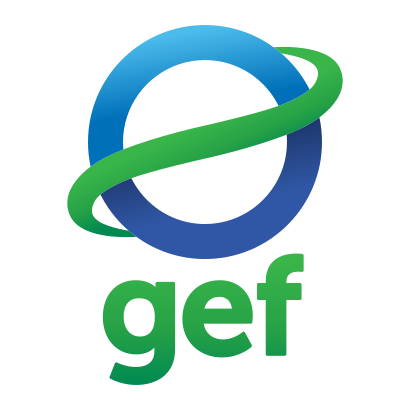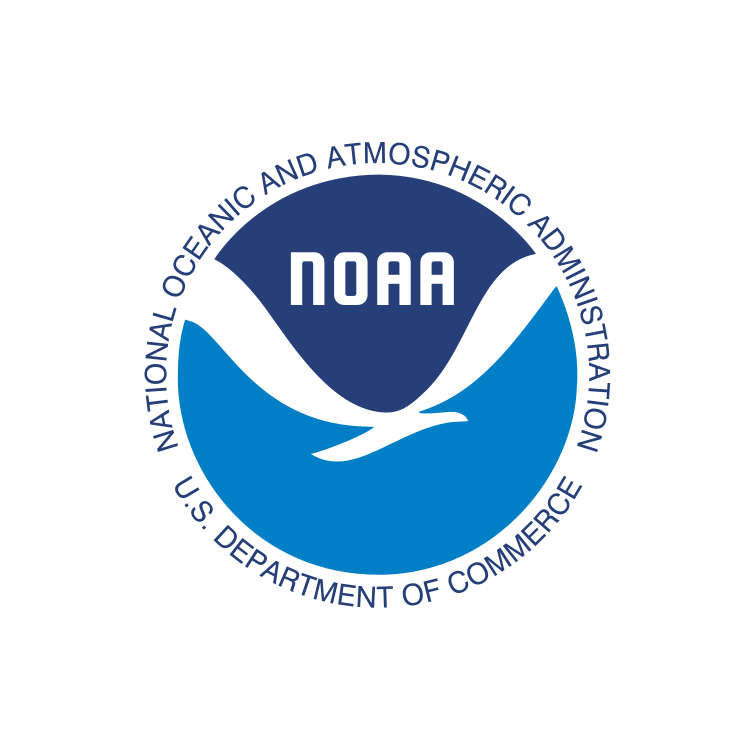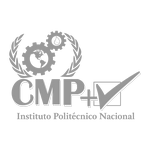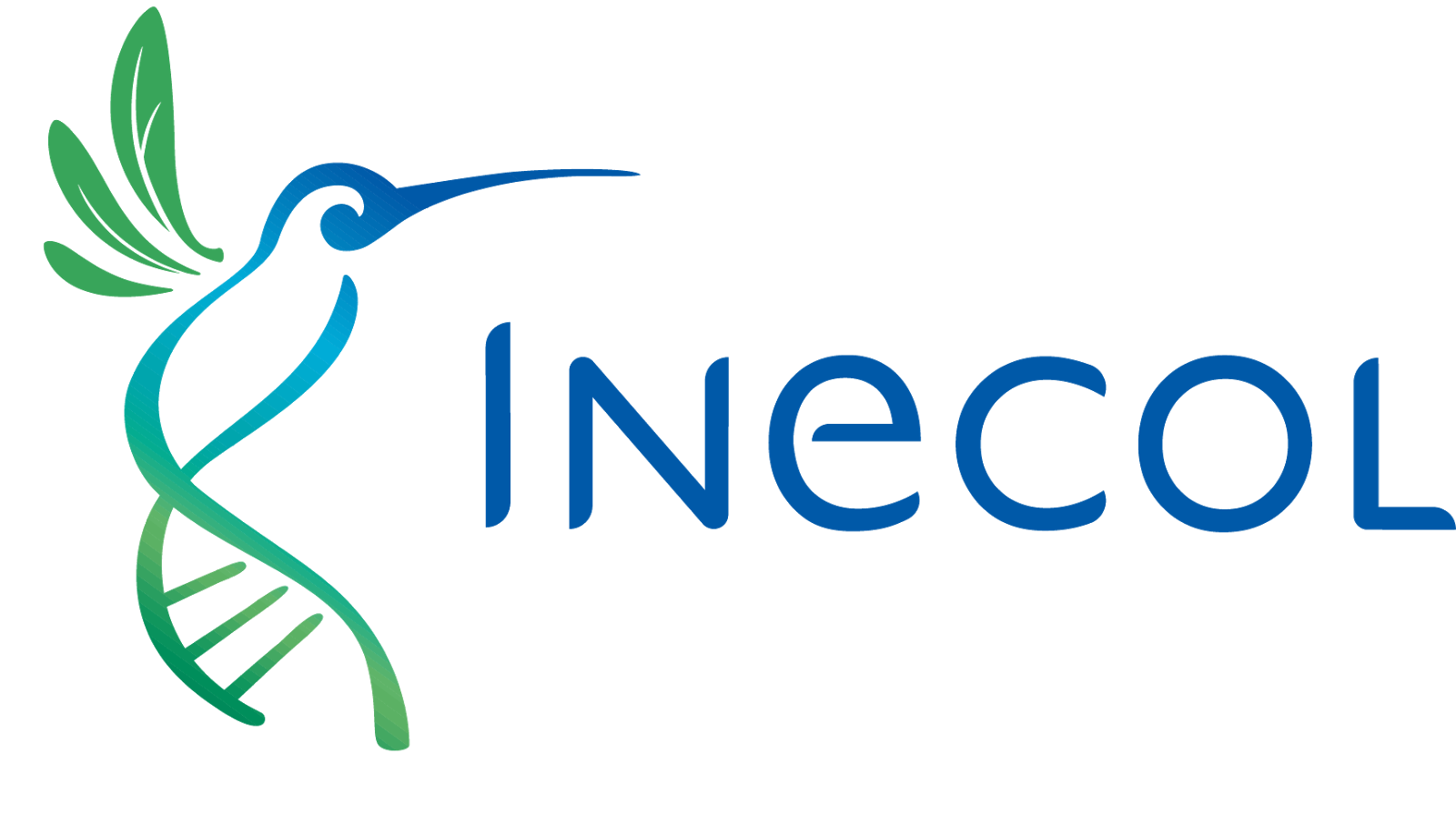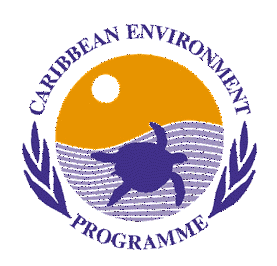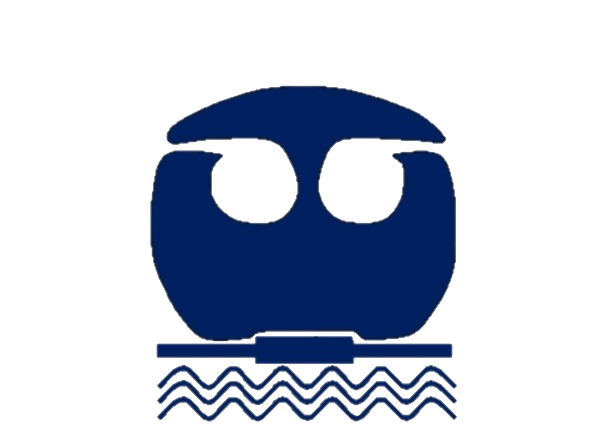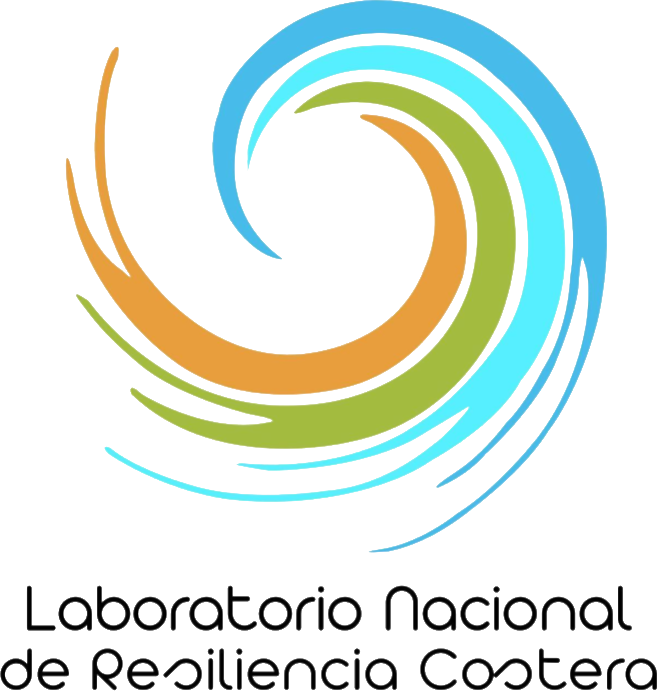"Improving water quality, enhancing economic vitality and restoring marine ecosystems in the Gulf of Mexico"
The Gulf of Mexico
The Gulf of Mexico is the ninth largest body of water in the world and the largest semi-enclosed coastal sea in the Western Atlantic.
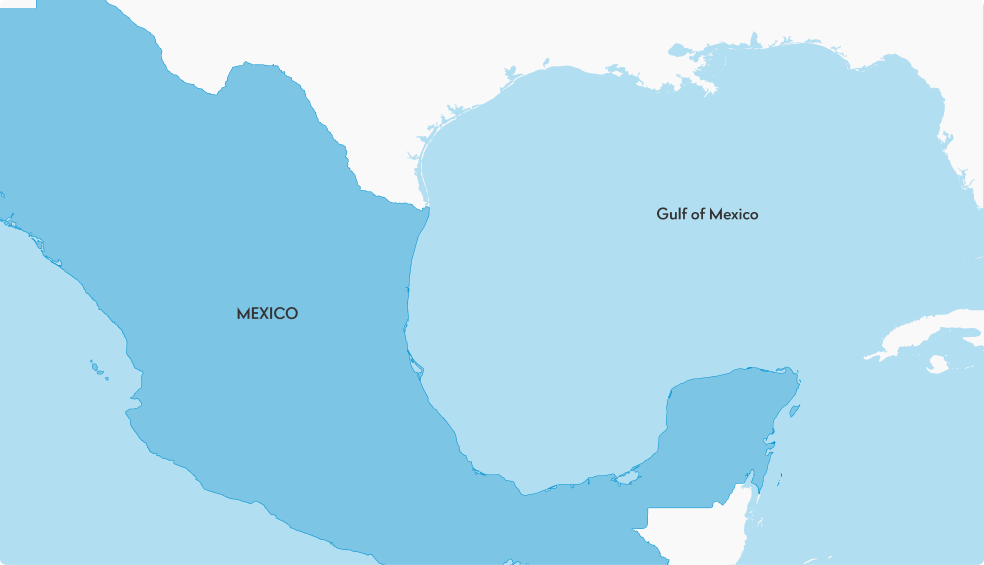
1.6 million km2
Approximately 1,500 km at its widest point and 4,384 m at its deepest.
Florida, Alabama, Mississippi, Louisiana, and Texas.
Its eastern, northern and north-western shores span 2,700 km and border five U.S. states.
Tamaulipas, Veracruz, Tabasco, Campeche, Yucatan and the northernmost tip of Quintana Roo
Its south-western and southern shores span 2,243 km and border five Mexican states.
Why is the Gulf of Mexico important?
The distinctive geographic and biophysical characteristics of the Gulf of Mexico Large Marine Ecosystem (GoM-LME) make it an important global reservoir of biodiversity and one of the most productive of the 66 LMEs in the world.
What are the problems threatening the GoM-LME?
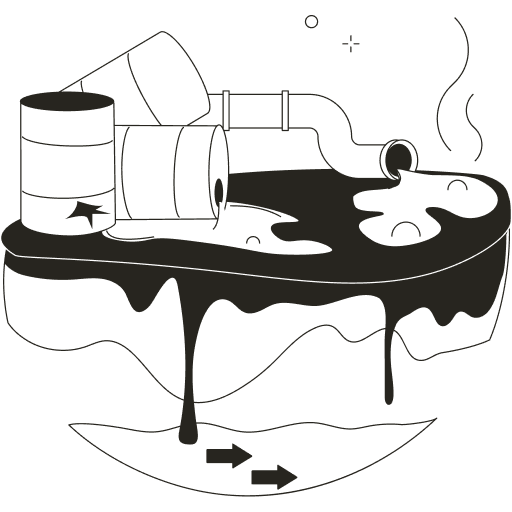
Pollution including eutrophication and harmful algal blooms
Total nitrogen load delivered from river basins into coastal areas doubled during the 20th century. The total phosphorus load also increased significantly over the same period. Agricultural runoff accounts for nearly 60% of nitrogen inputs, while sewage accounts for 9%.
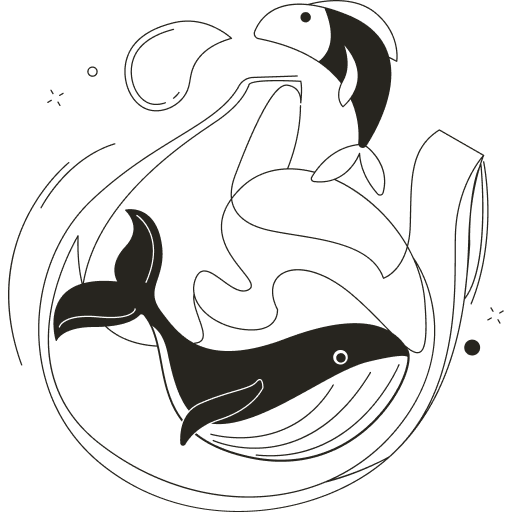
Habitat modification (wetland loss, connectivity, loss of resilience)
Changes in biomass as a result of habitat modification (that is, the loss of critical habitats and connectivity from poorly planned growth in coastal and urban areas).
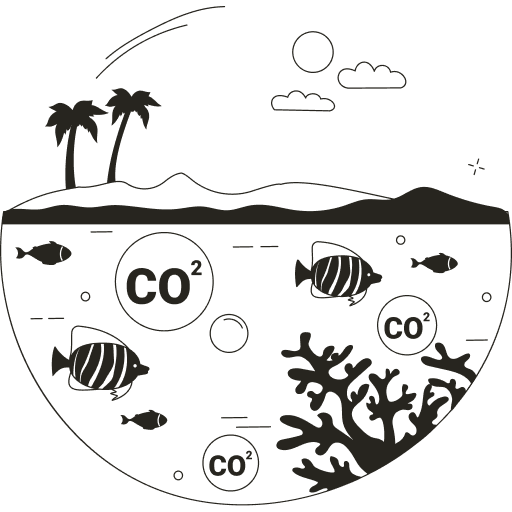
Overfishing of shared, migratory, and connected fish stocks
Changes in biomass as a result of intensive, illegal, unreported, or unregulated fishing resulting in eutrophication, harmful algal blooms and red tide events.
Dead zones
These threats collectively result in low oxygen extended events or hypoxia. The extent of hypoxia on the GoM’s northern continental shelf makes this “dead zone” the second-largest manifestation of anthropogenic coastal eutrophication in the world.
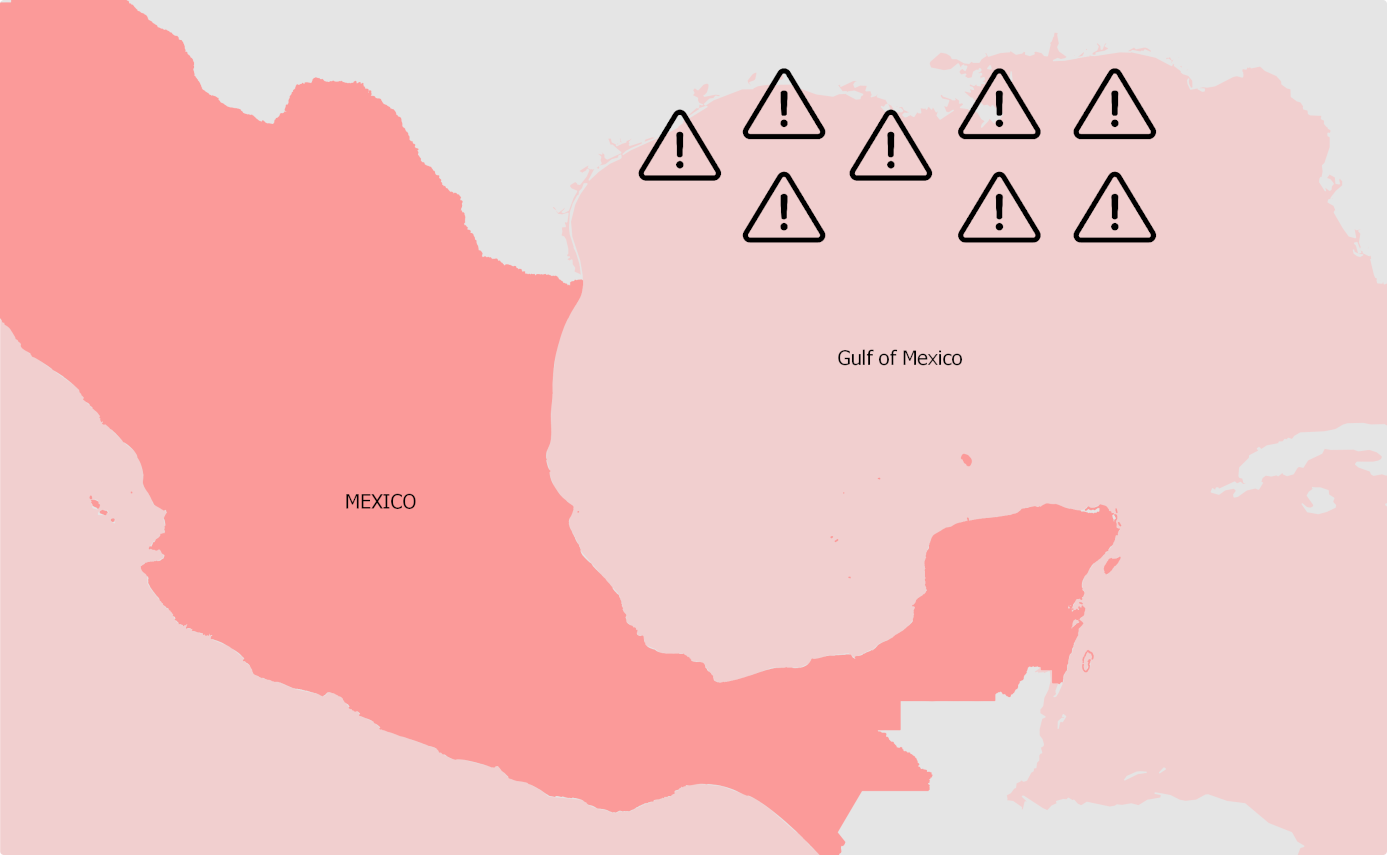
What is being done, by whom and how?
The project
In 2018, the 2013 Strategic Action Program Implementation project, with the objective of “improving water quality; enhance economic vitality by avoiding depletion and recover living marine resources; and conserve and restore coastal and marine ecosystems for the GoM-LME” was transferred to UNEP.
The project is based on an “ecosystem-based management (EBM)”. EBM is an approach that goes beyond examining single issues, species, or ecosystem functions in isolation. Instead, it recognizes ecological systems as a rich mix of elements that interact with each other in important ways. By their nature, EBMs promote a cross-sectoral coordination approach across fisheries, maritime, energy, agriculture, coastal development and environment, and other related sectors.
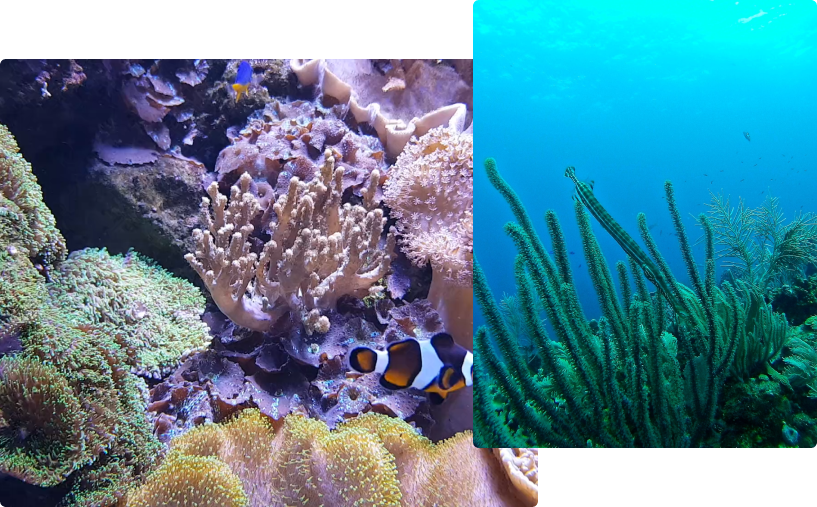
Expected Impact Components
The goal of the project is to improve water quality, avoid depletion and recover living marine resources and rehabilitate the coastal and marine ecosystems of the GoM-LME.
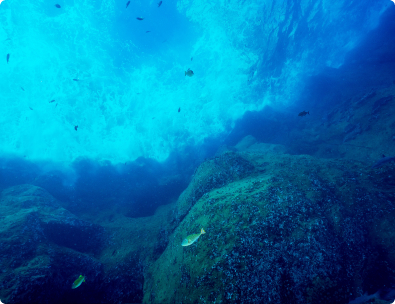
COMPONENT 1. Improve water quality
By addressing pollution resulting from industrial wastewater emissions, the project will measurably improve water quality by reducing HABs and mitigating hypoxic zones.
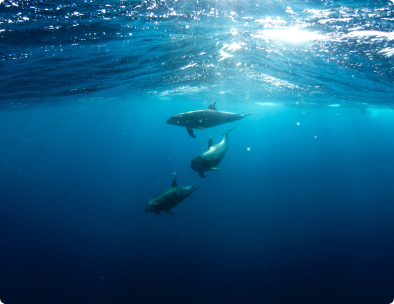
COMPONENT 2. Avoid depletion and recover living marine resources
The project will contribute to reducing the depletion of targeted fish stocks through the implementation of measures such as regulatory framework updates and enforcement, capacity development, and monitoring.
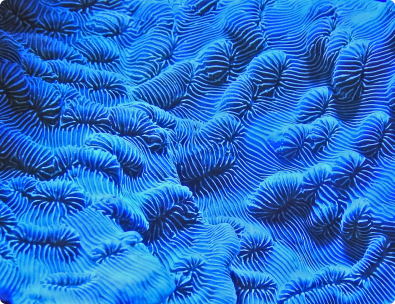
COMPONENT 3. Conserve and restore the quality of coastal and marine ecosystems
The project will improve coastal and marine ecosystem health through the use of EBM.
Proposed intervention sites
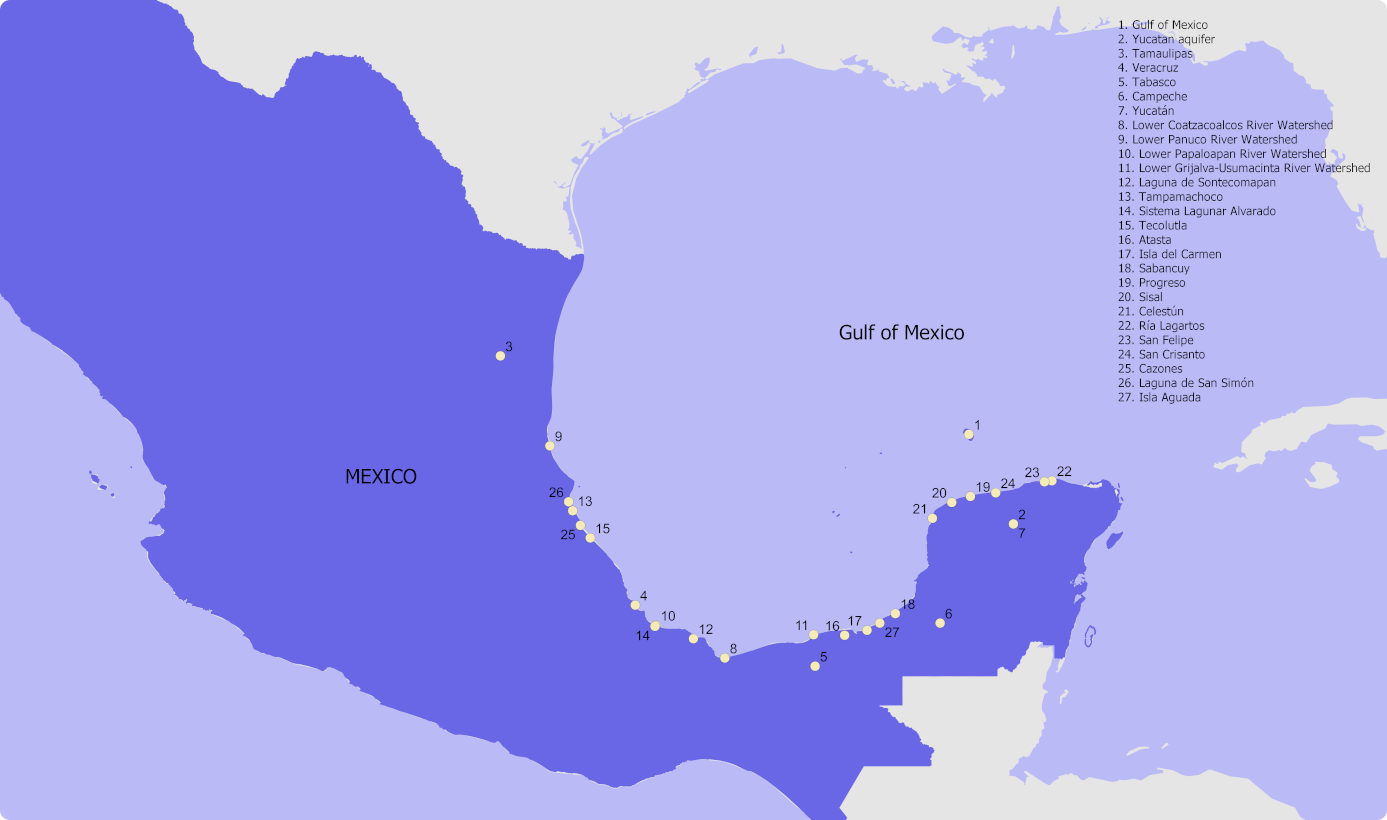
What are the barriers to change?
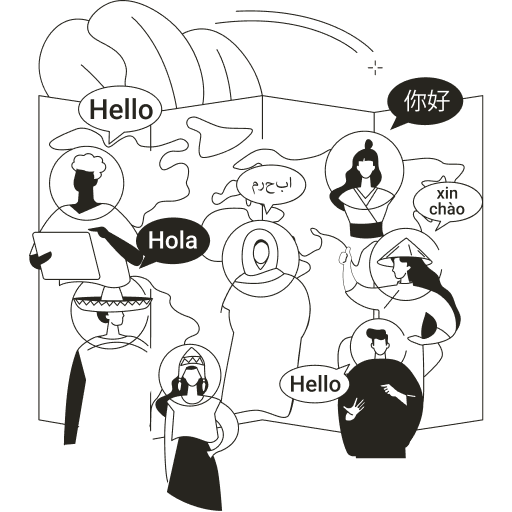
The political complexity of the GoM-LME region and the economic differences between the bordering nations

The relatively low awareness of decision makers and of the general population regarding the impacts of economic activities on the sustainability of the GoM-LME
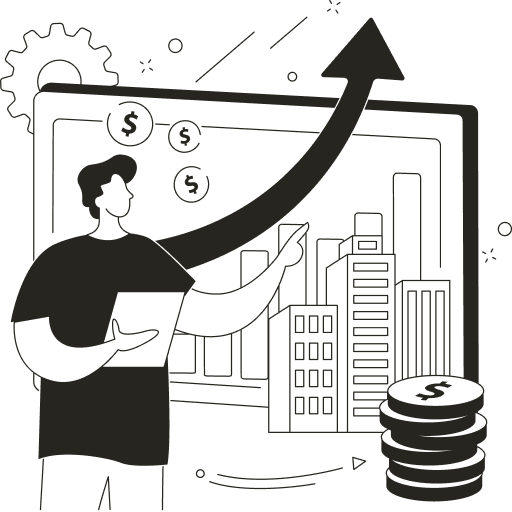
The poor entrepreneurial culture among fisheries
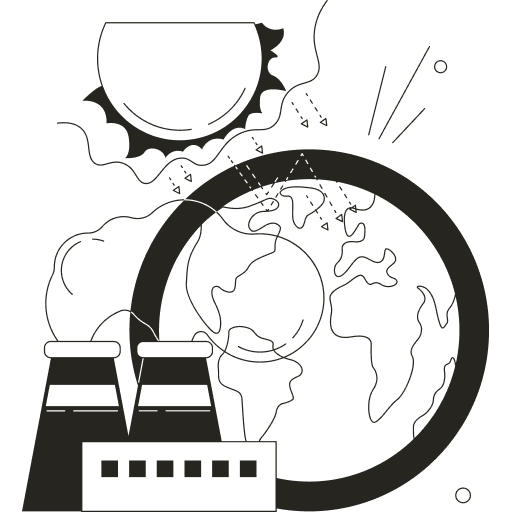
The limited dialogue between the government and the private sector, as well as other key stakeholders such as policymakers and the local communities

The need for a strengthened regional transboundary cooperation
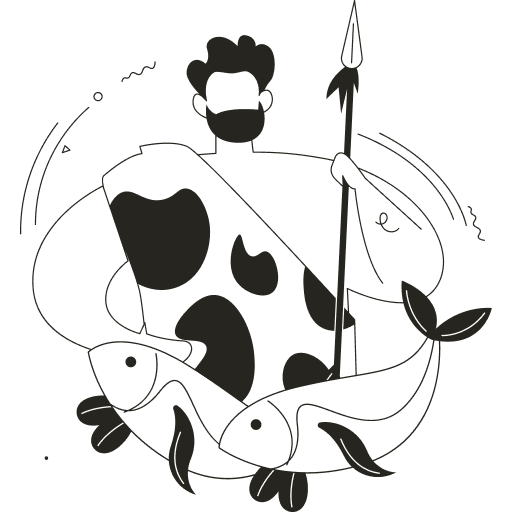
The limited mainstreaming of climate change adaptation in GoM-LME governance and management interventions
Strategic Alignment
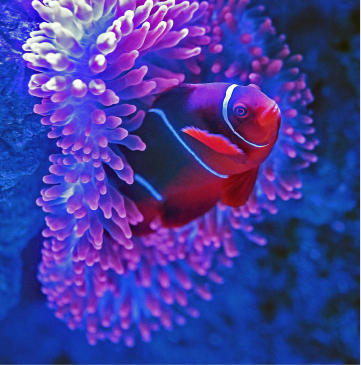
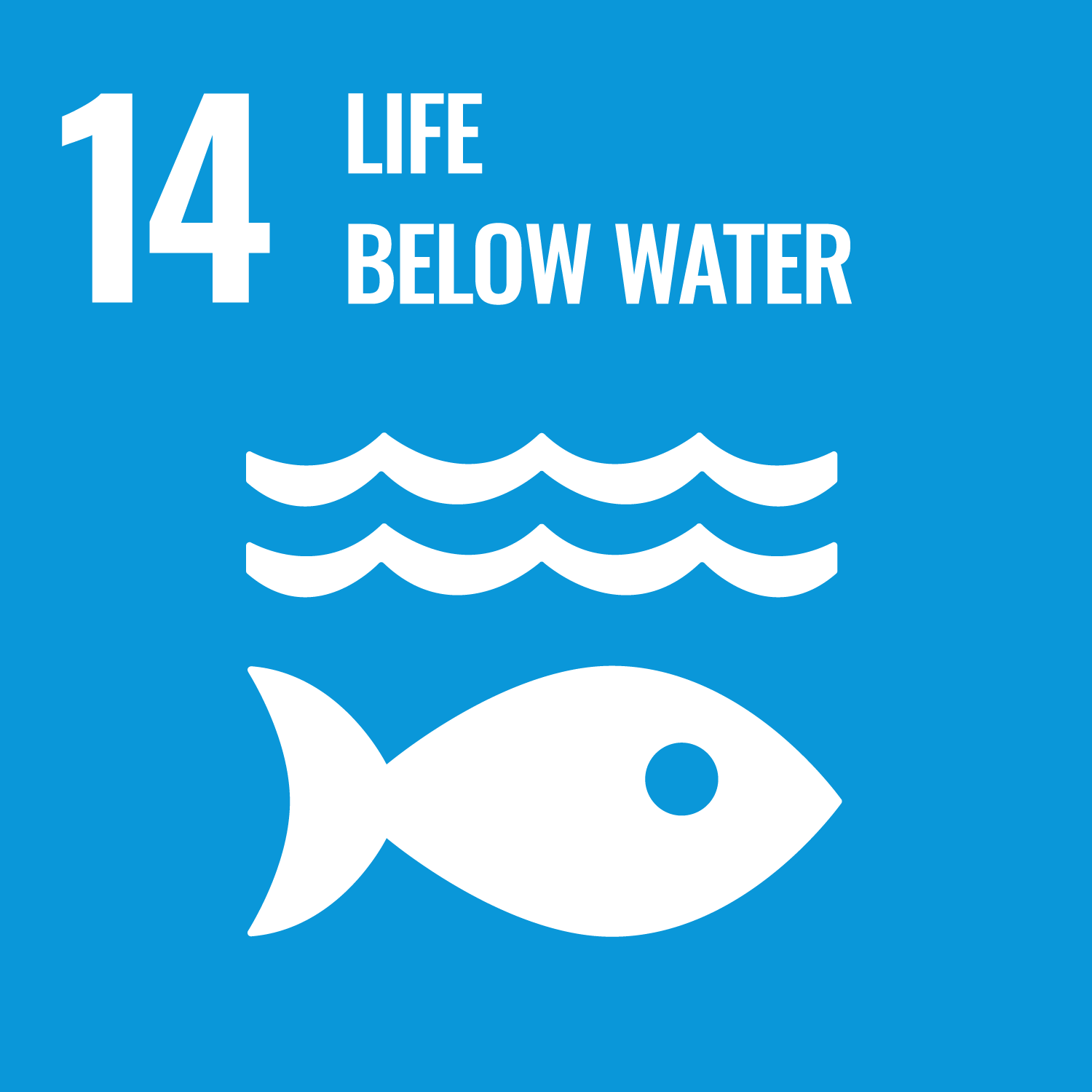
Life below water
by integrating EBM approaches for the sustainable management of marine biodiversity and habitat protection
Learn more
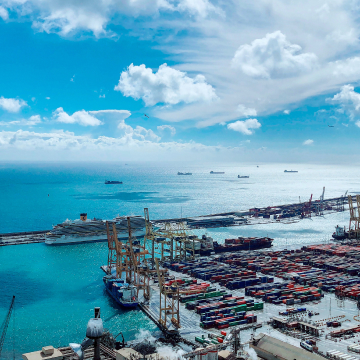
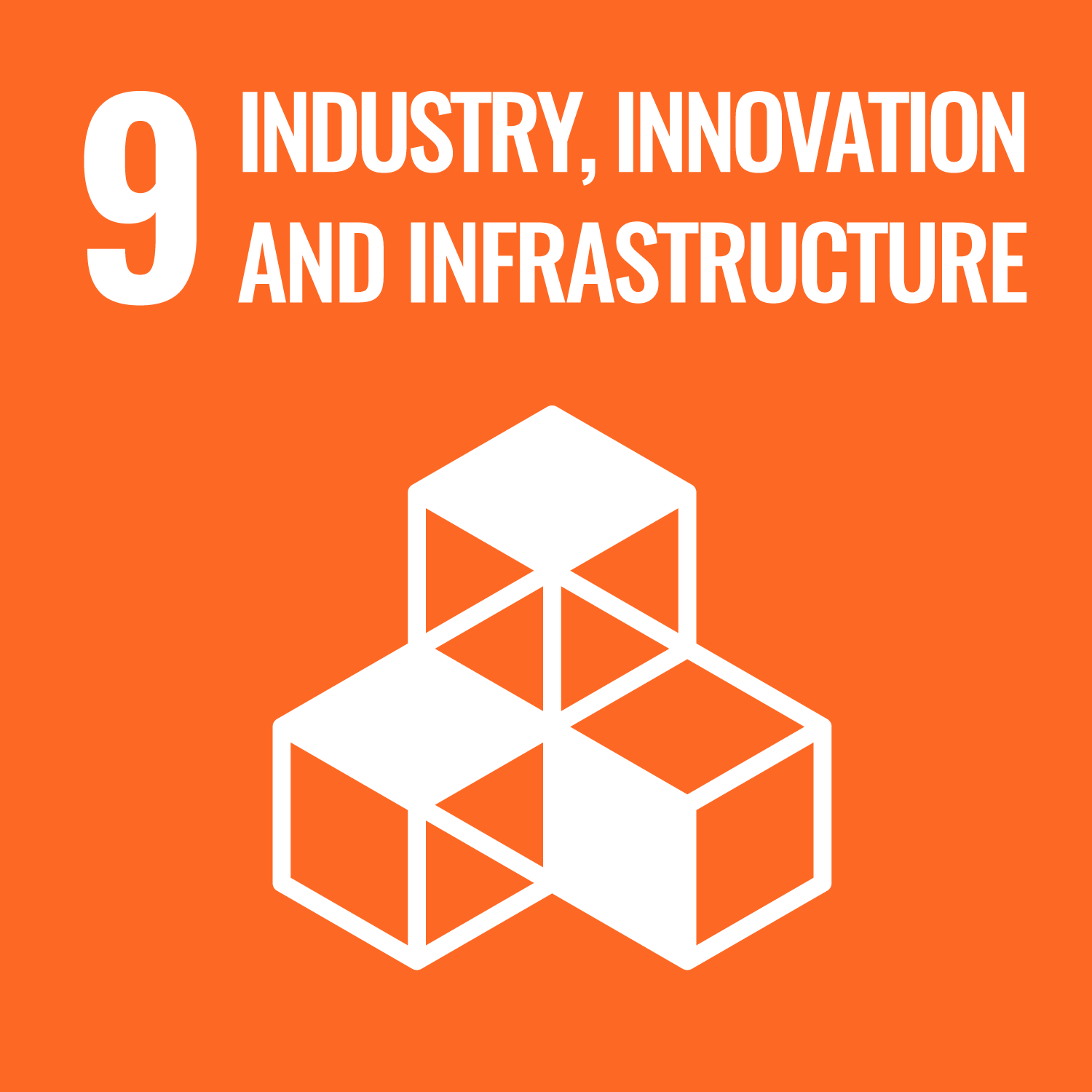
Industry Innovation and Infrastructure
by ensuring participation from domestic industries, and promoting adoption of cleaner production approaches for sustainable environment friendly economic growth
Learn more
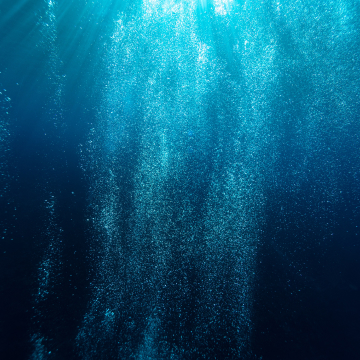
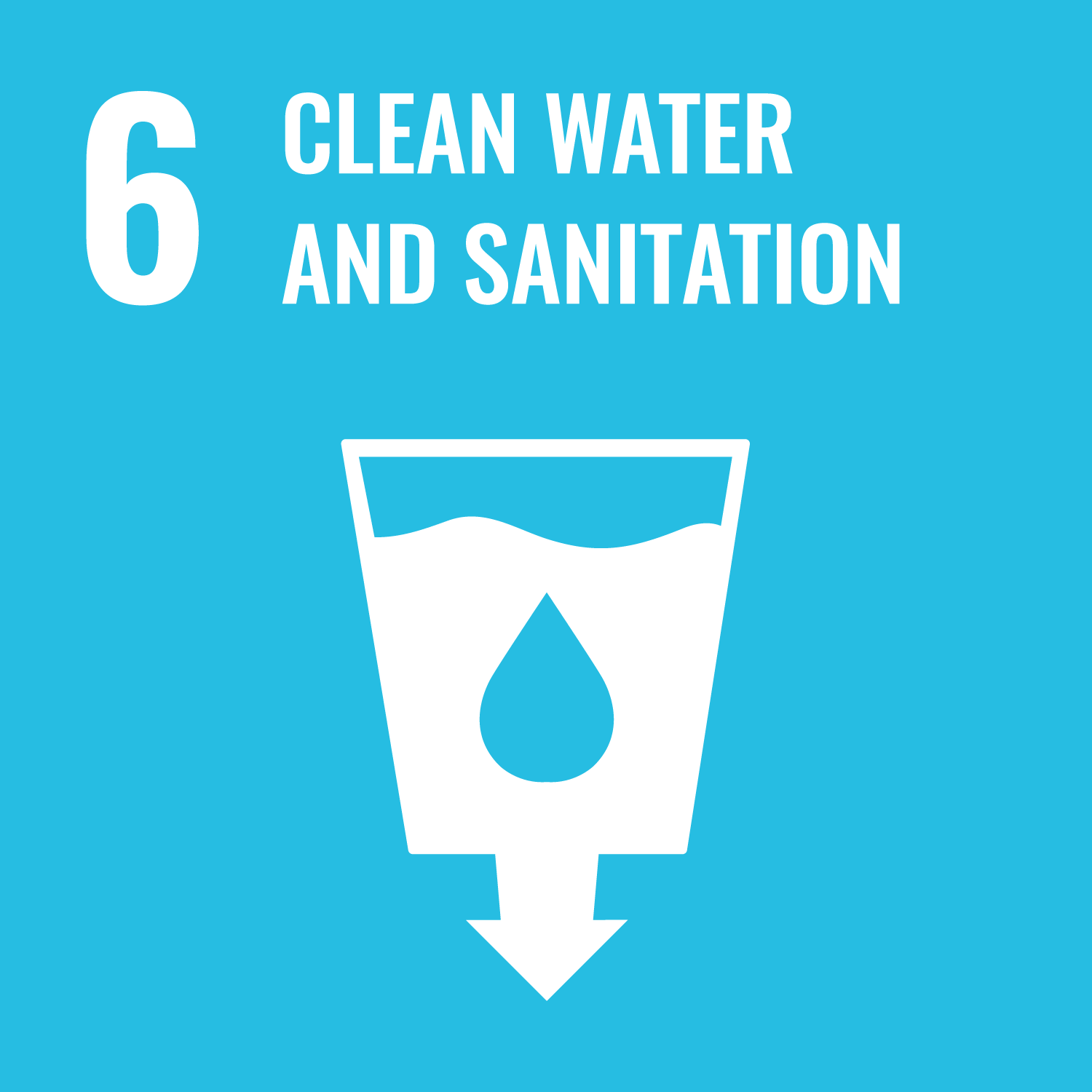
Clean Water and Sanitation
by facilitating activities and building capacity to treat anthropogenic wastewater
Learn more
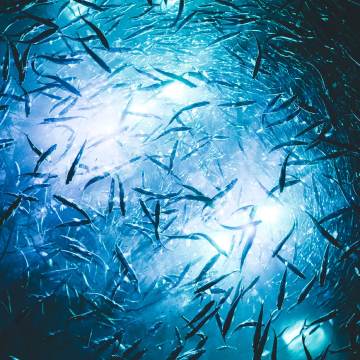
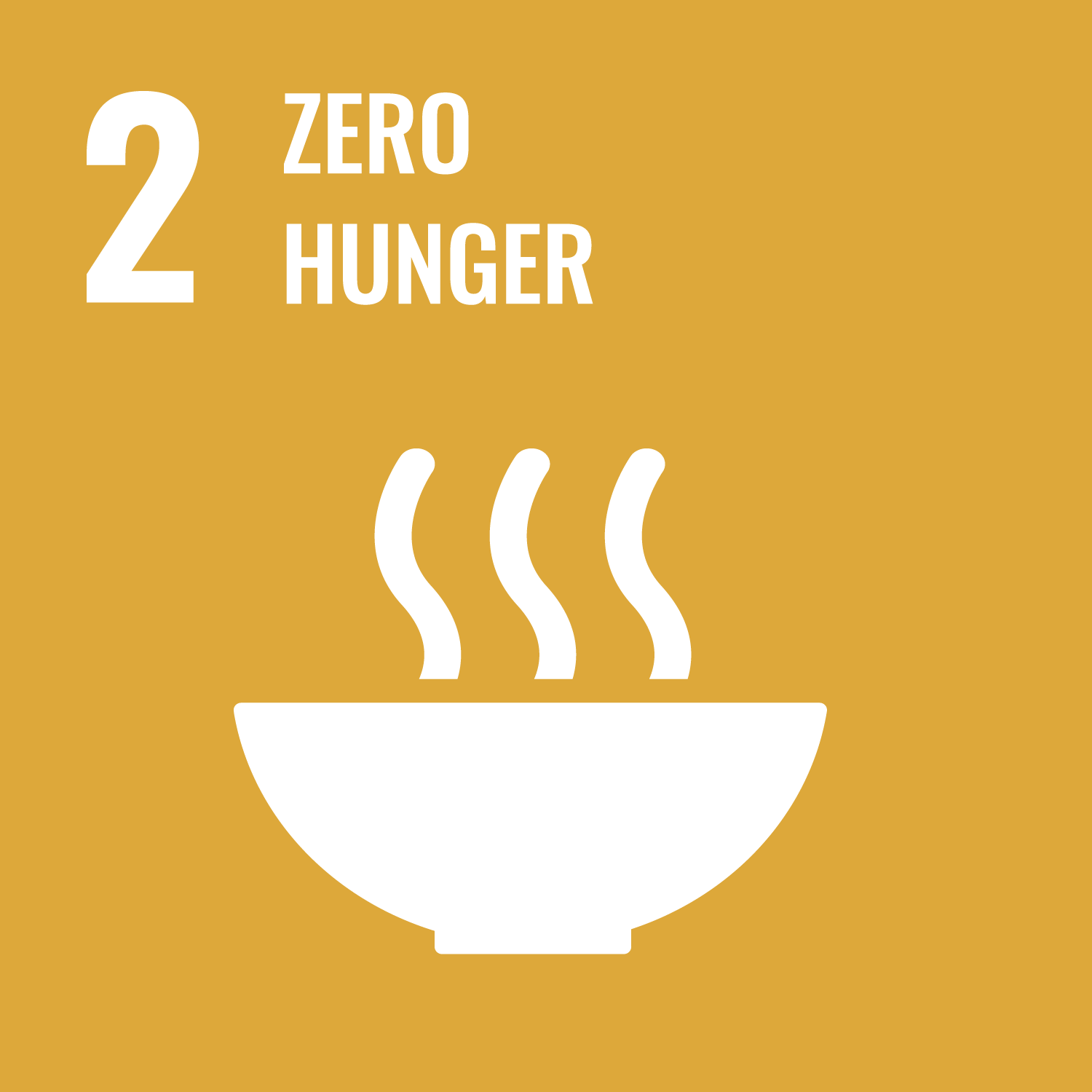
Zero Hunger
by ensuring mechanisms for monitoring and ensuring the nutrient level in agricultural run-offs is managed and water quality is maintained
Learn more
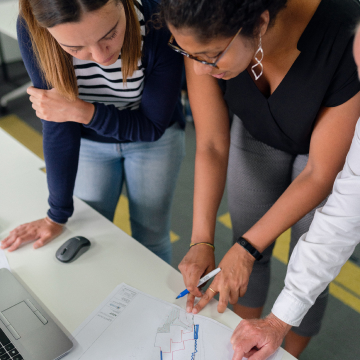
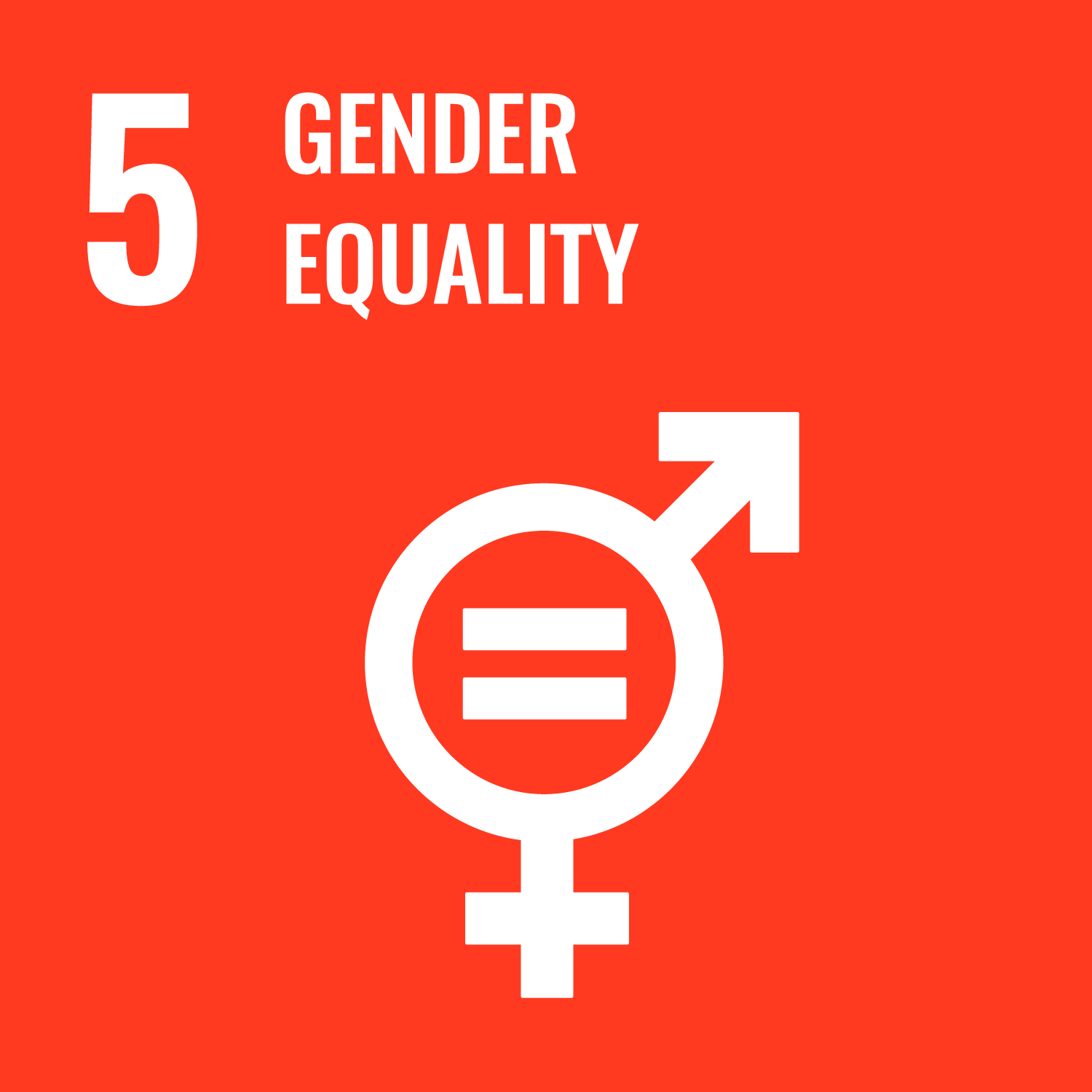
Gender Equality
by ensuring participation of women within the communities, particularly around post-harvest activities
Learn more
Who is involved?
Donor
Implementing & Executing agencies
National Focal Points
Implementing Partners
Associates and Collaborators
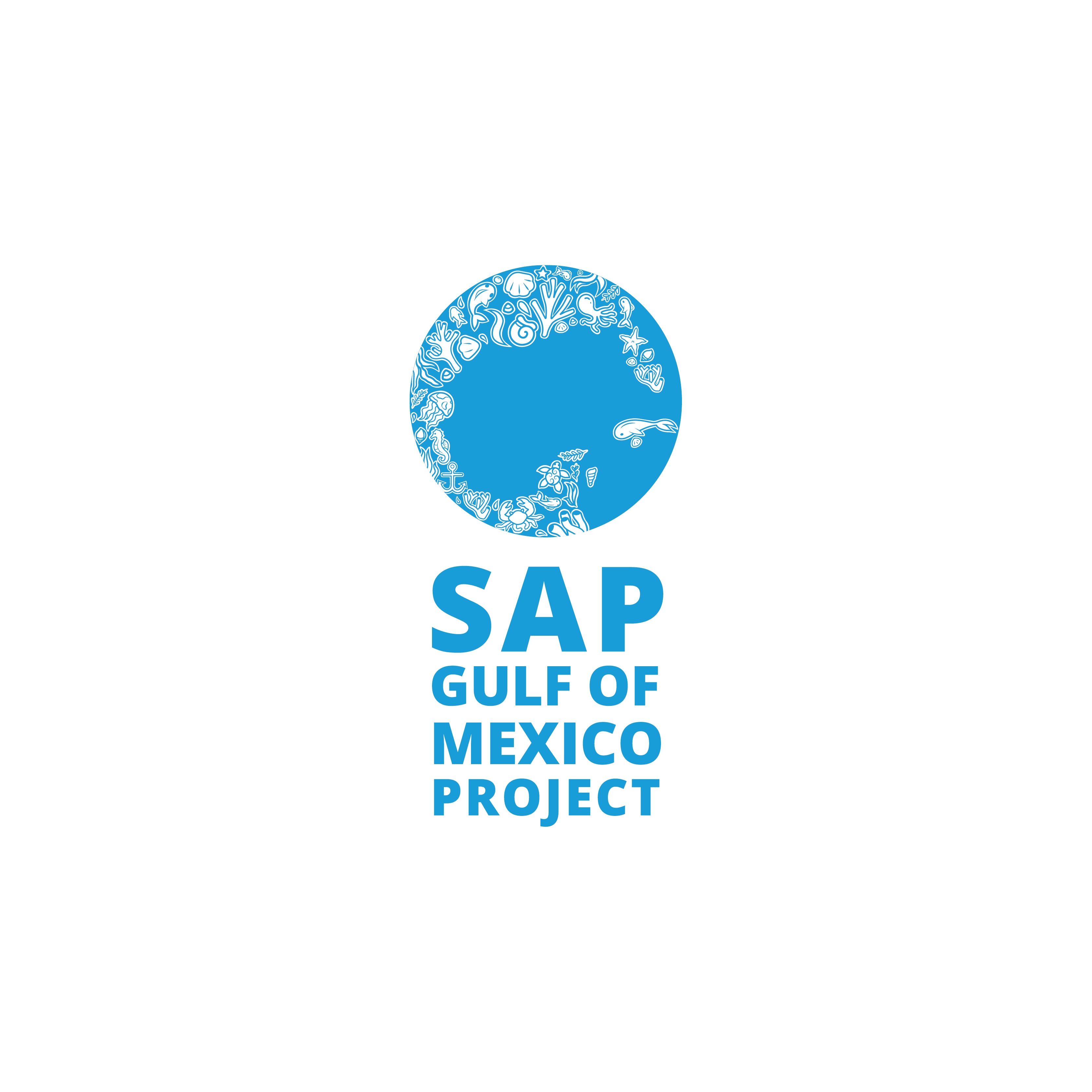
Project Coordination Unit
Gerardo GOLD
Project Manager gerardogb@unops.org
Sergio GARZÓN
Administrative and communication officer sergiog@unops.org
Fabiana ROSALES
Technical specialist for Component 1 fabianar@unops.org
Ana Karen BUSTAMANTE
Technical specialist (for Component 2 anakarenb@unops.org
Margarita GARCÍA
Technical specialist for Component 3 margaritag@unops.org
Relevant websites
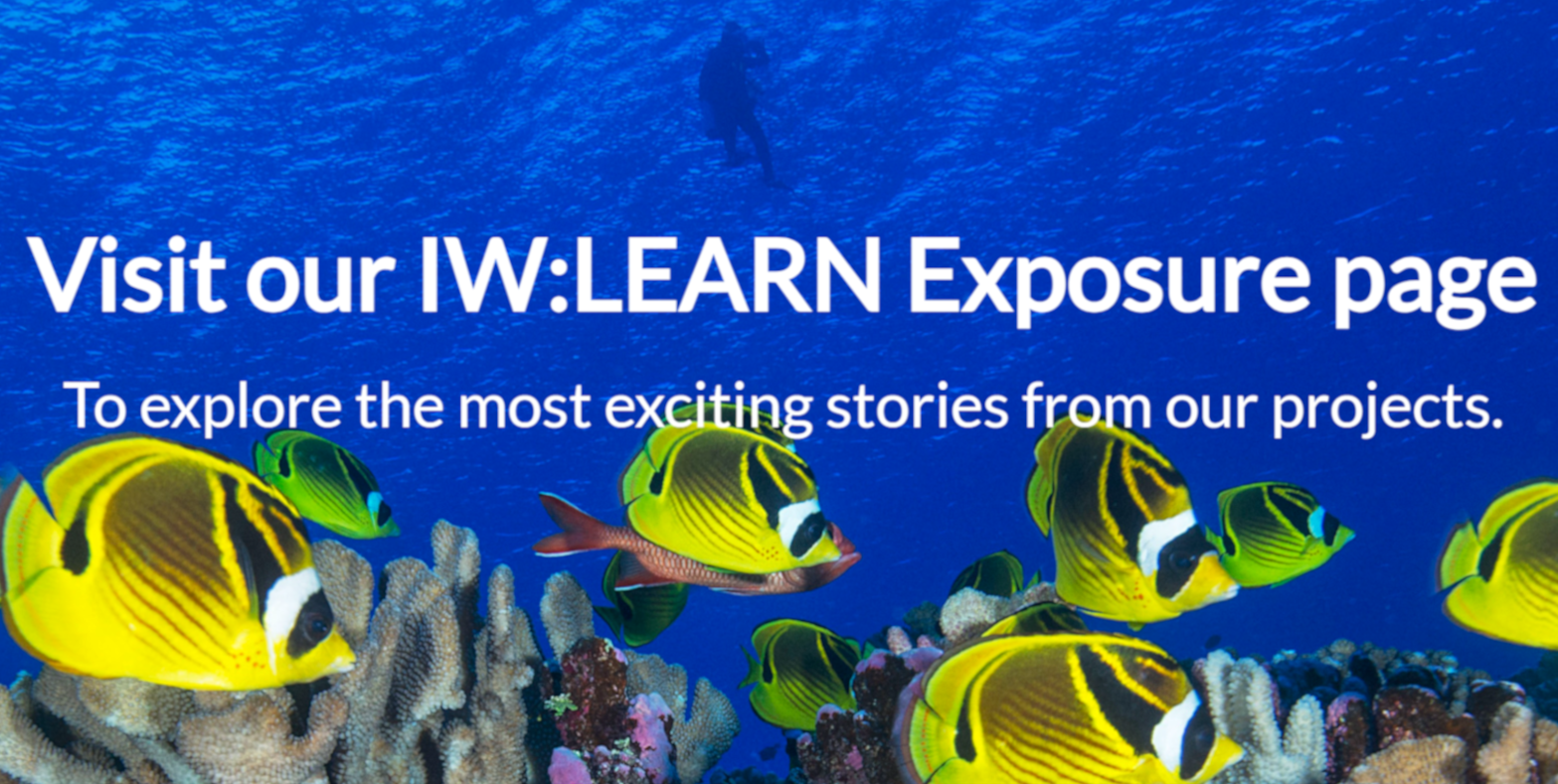
IW:LEARN
IW:LEARN is the Global Environment Facility’s (GEF) International Waters Learning Exchange and Resource Network. GEF IW:LEARN is co-implemented by UNDP and UNEP, and executed by IOC/UNESCO.
Learn more
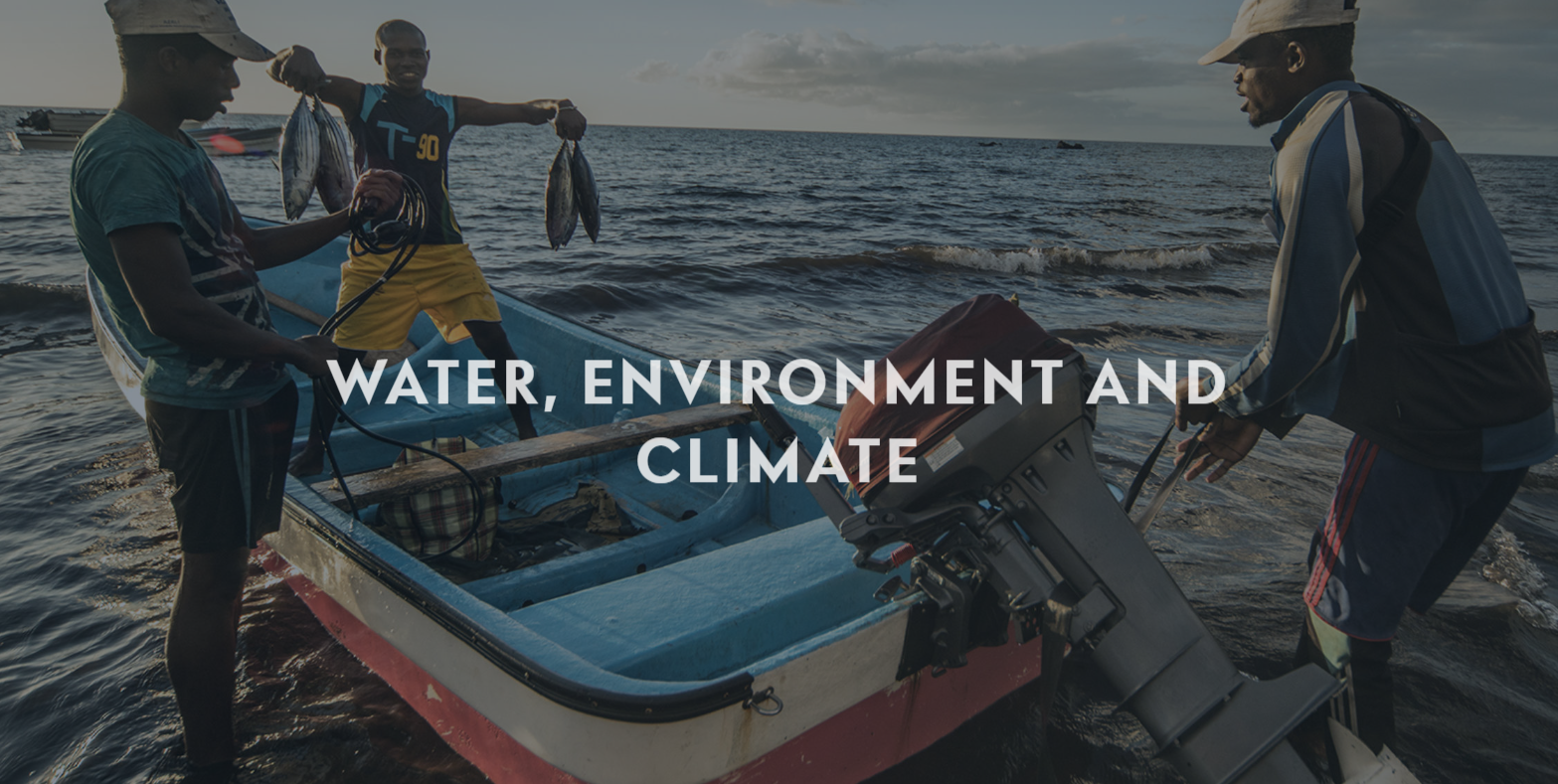
UNOPS WEC
UNOPS Water, Environment and Climate (WEC) portfolio supports key climate initiatives and projects, and provides financial, grant and project management services on behalf of global funds and together with partners.
Learn more
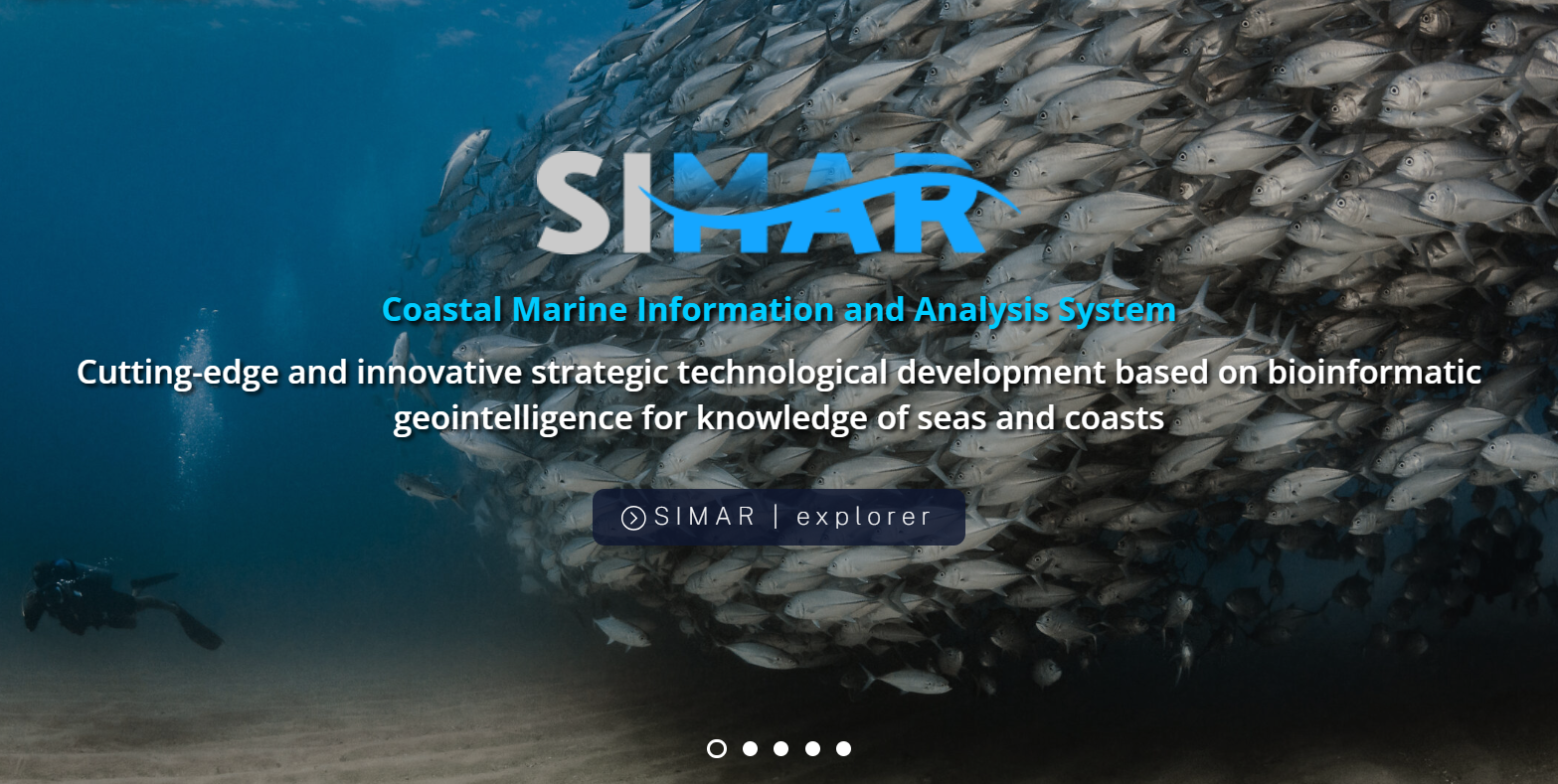
SIMAR
The Coastal Marine Information and Analysis System (SIMAR) is developed by CONABIO and is based on bioinformatic geointelligence that integrates algorithms, technological tools and analysis, to support knowledge of the seas and coasts, the conservation and sustainable use of coastal marine biodiversity.
Learn more
Project document center
Links to documents related to the project:
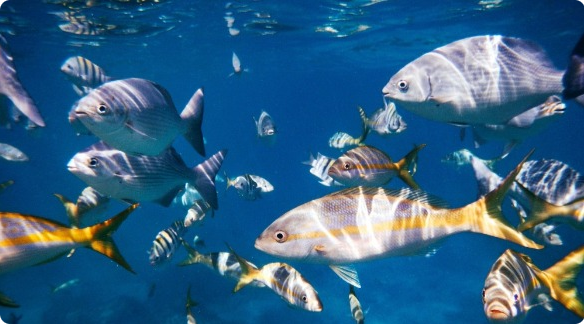
Events
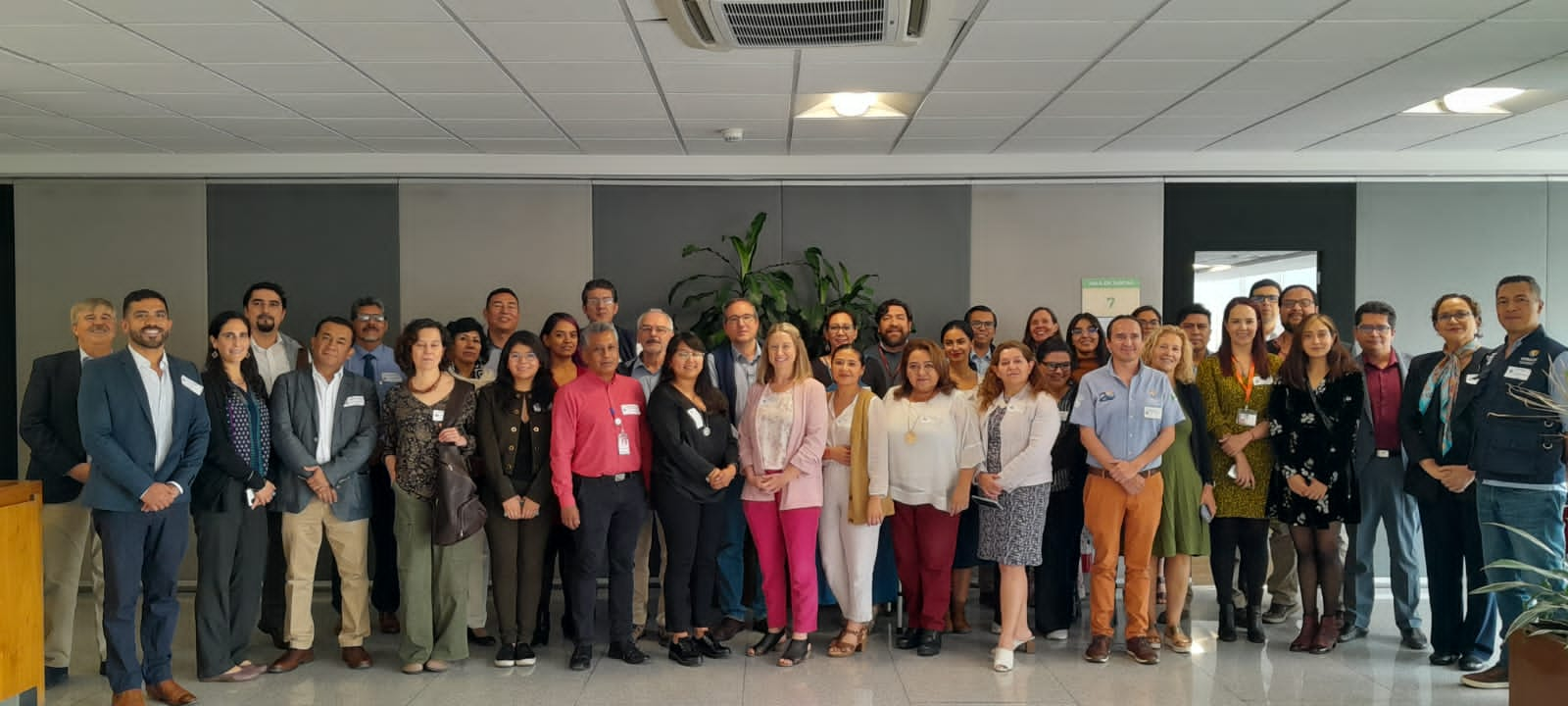
Inception Workshop
July 12th, 2023. Mexico City
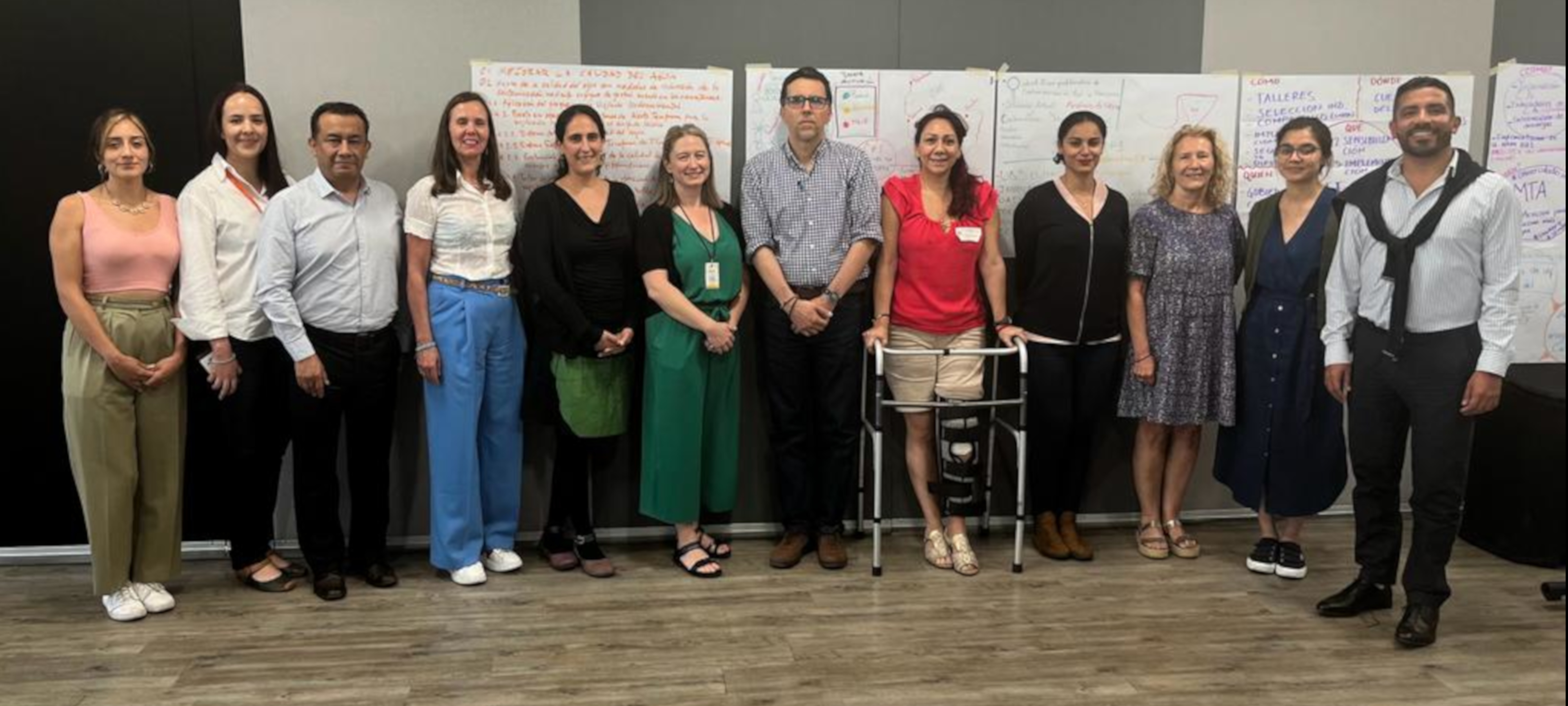
1° Project Steerring Committee meeting
July 13th, 2023. Mexico City
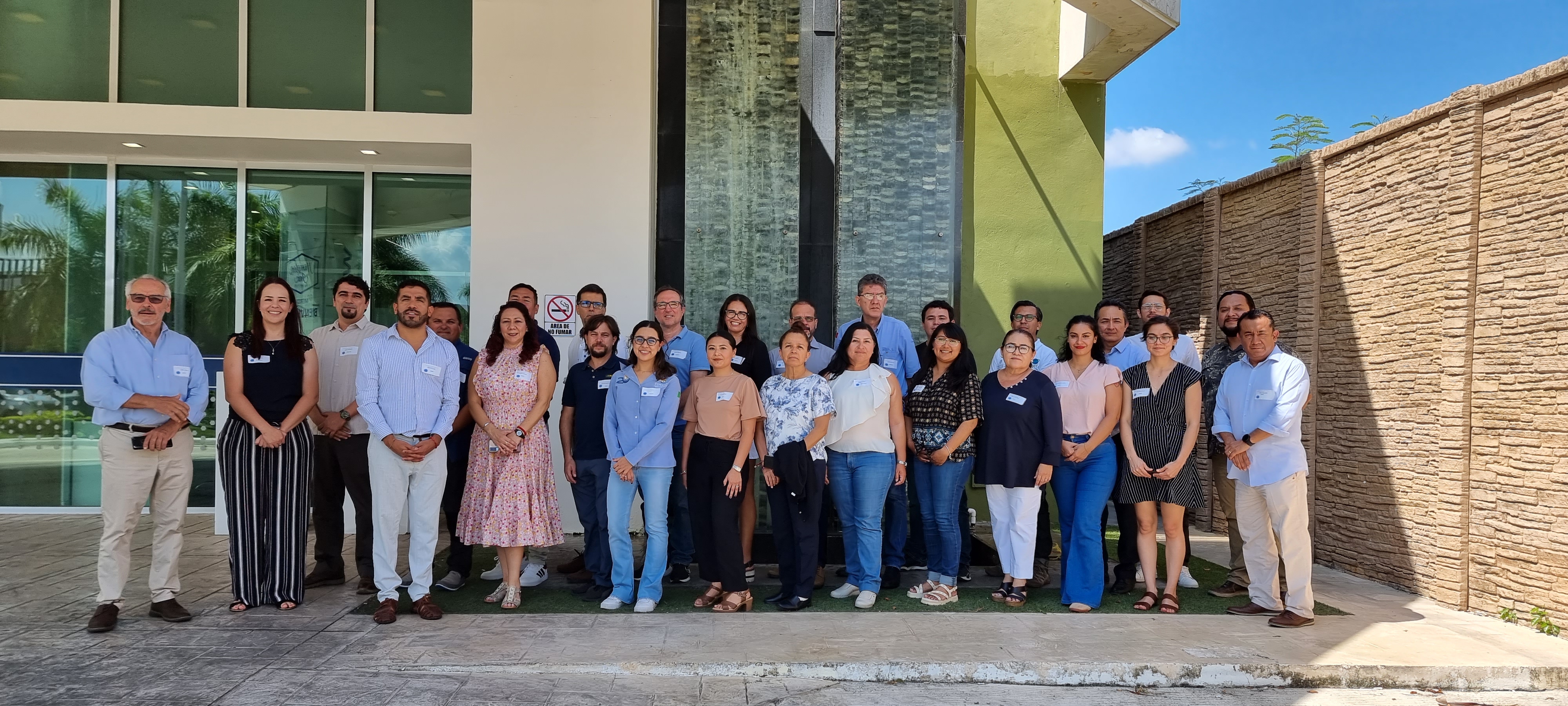
1° Implementation Coordination Group meeting
October 12th, 2023. Mérida
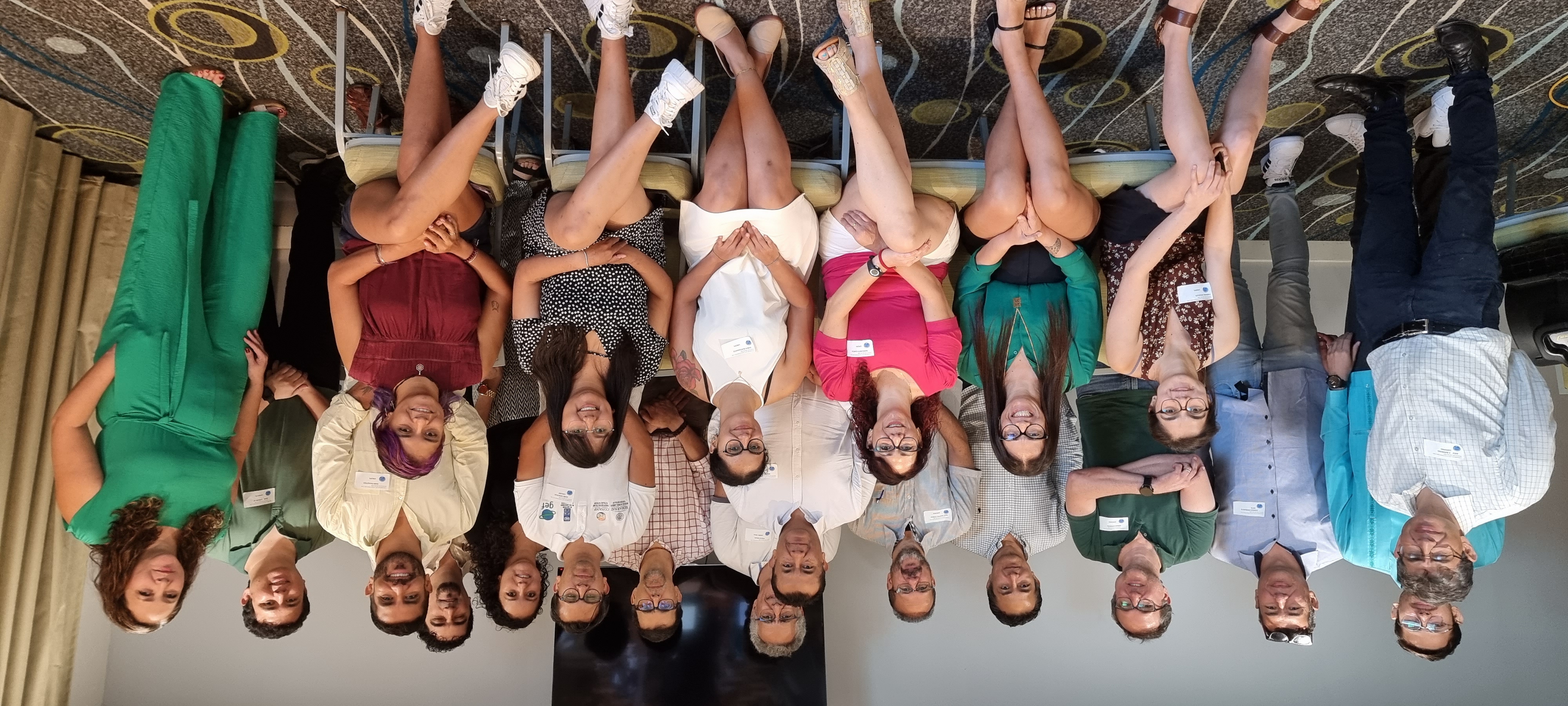
1° Technical Workshop
October 13th, 2023. Mérida
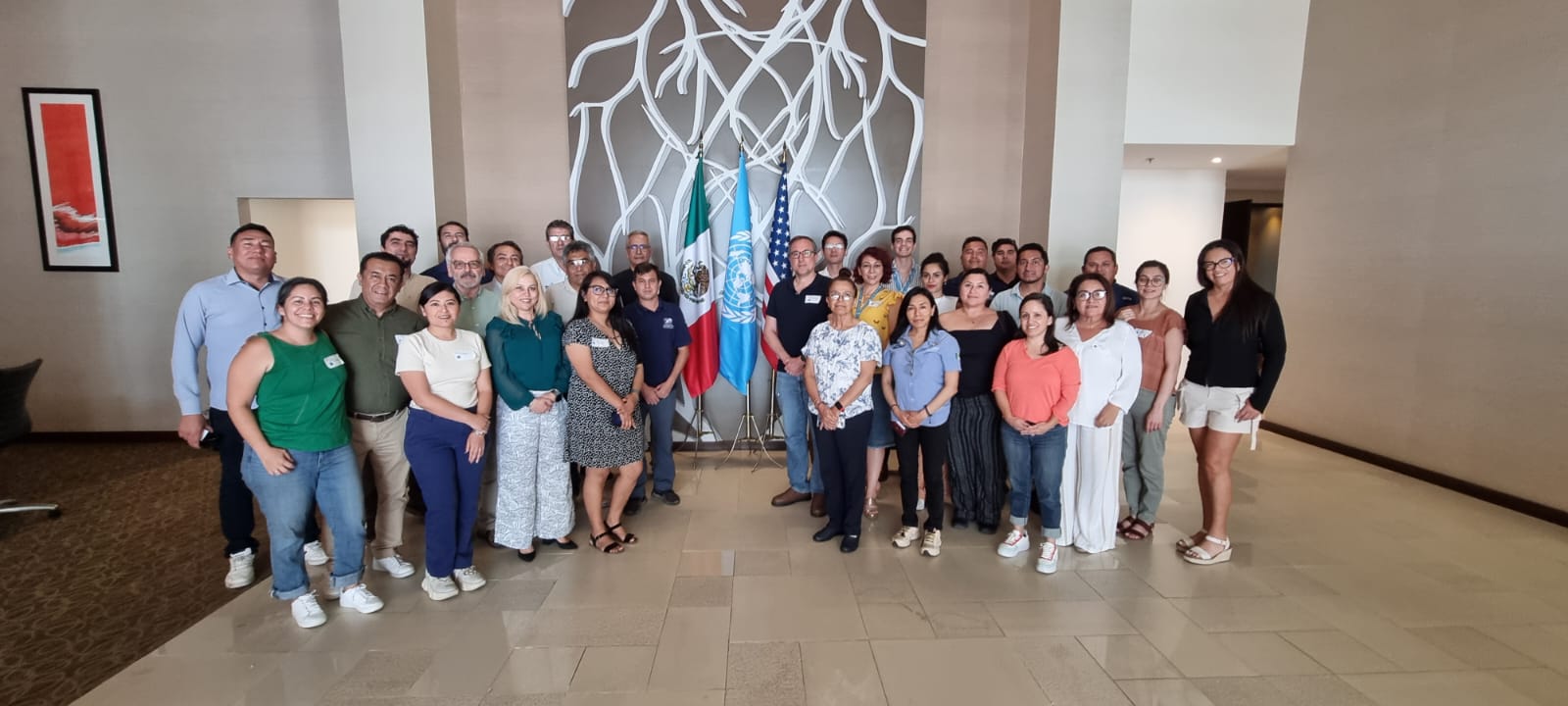
2° Implementation Coordination Group meeting
May 6th, 2024. Ciudad del Carmen
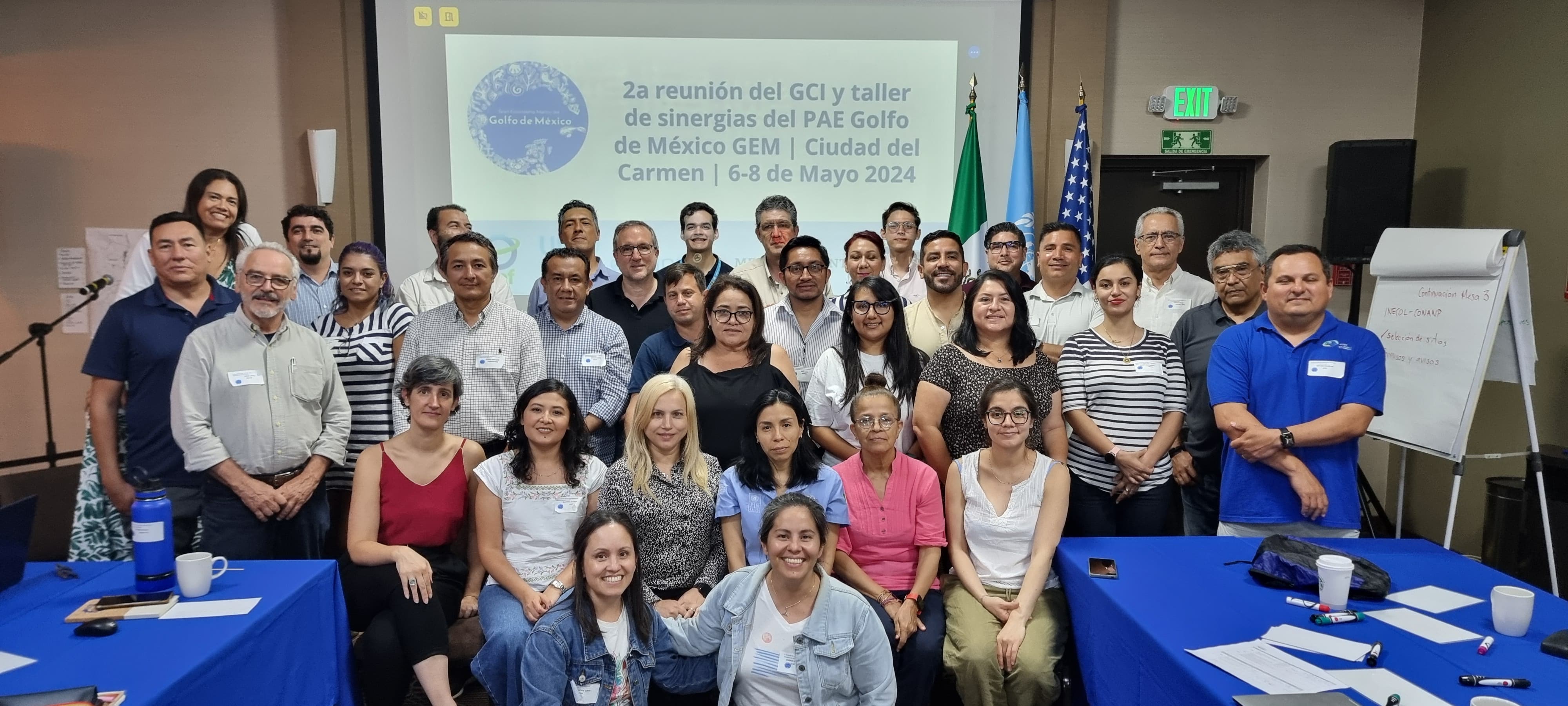
Synergies Workshop
May 7th, 2024. Ciudad del Carmen
News

